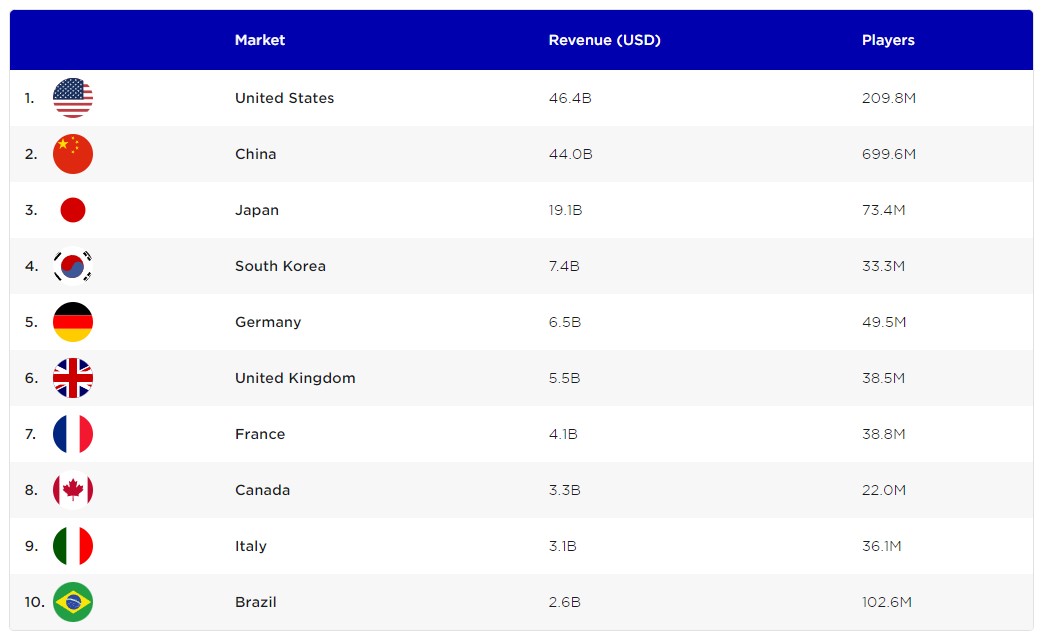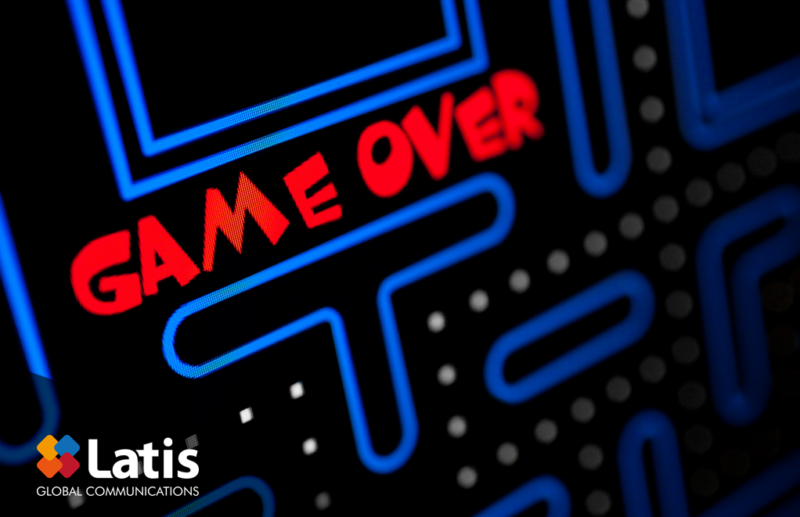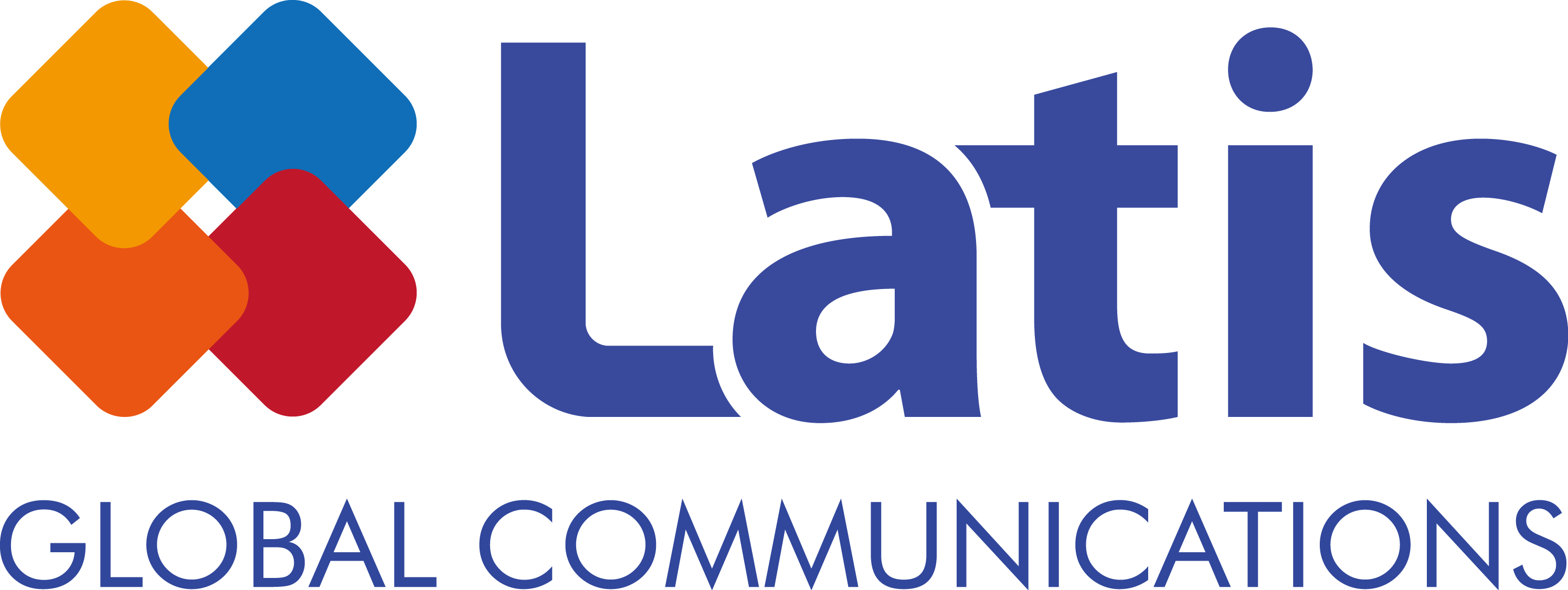
If you’re planning to branch out and enter new overseas markets and are wondering what languages you should translate to, today’s blog post will help you.
At Latis Global, we provide game translations, QA, CS, and game sound services to global gaming companies entering overseas markets, and today we’re going to take a look at what our international game translators have to say about the essential elements of any game translation.
Top 10 Countries By Game Revenue in 2022
Which languages are worth localizing your game in?
According to Newzoo’s gaming report, there are 2.7 billion gamers worldwide, who generated a total of $183 billion in revenue in 2022.
In addition, the top 10 countries for gaming revenue are China, the United States, Japan, South Korea, Germany, the United Kingdom, France, Canada, Italy, and Brazil, who together make up 78% of global revenue.
Therefore, if you localize your game into the languages of these 10 countries upon release, you can tap into nearly 80% of global gaming revenue. For comparison, the Asia-Pacific region generates about 50%, and North America generates 20% of global game revenue.
If your game’s monetization model is based on advertising, it makes sense to localize for the countries with the largest gamer user bases, such as China, India, Brazil, and Russia.

What to Consider When Translating Games According to Professional Game Translators
Like any other product or service, games have their own unique set of challenges when it comes to translation. Because games are primarily intended to entertain users, they’re usually full of jokes, cultural references, and humorous lines. So how do you keep the original spirit of your game alive during localization?
First of all, you need to decide if humorous elements are an integral part of your game or if they can be omitted. This is vital for the final game translation, as it will not only affect the fun factor of your game, but also its reputation. What may be simply a funny joke to one person may be offensive to others, so close consideration must be taken.
Second, you need to provide the translator with some context. A translator has a good understanding of the target language, but may not be a native speaker of the source language. They may not realize that your source text contains subtle jokes or proverbs that shouldn’t be translated word-for-word.

Third, it’s also important to provide translators with more specific information, such as the game’s setting or detailed character profiles, to further enhance their understanding of the dialog in your game. This will make it much easier for the translator to understand the psyche and relationships of the characters within the game’s world.
Lastly, it’s a good idea to double-check how the translation fits into the game and how it affects the overall perception of the game. At the end of the day, it’s all about quality and ensuring users’ game immersion while preventing negative experiences due to language misunderstandings.

What Professional Translators Have to Say About Translating Games
1) Game Content
In today’s global market, it takes more than just amazing graphics, sound, and gameplay to make a game successful. To reach and engage as many players as possible, game localization has become an essential element. The goal of game localization is to make players feel like the game is tailored to their native language and culture.
Localization allows you to customize all of your game’s content – from storyline and character development to UI and in-game dialogue – to make your game more engaging for players in various markets. Additionally, localization using professional translators can help you adapt your game in a way that works for local audiences while maintaining the authenticity of the original game.

2) Translation Schedule and Quality
You should always think of the translation schedule and quality as having a strong correlation: a longer schedule favors ensuring high quality. If a quick turnaround is more important, machine translation might be an interesting option that allows for quicker translation – at the expense of quality, though. For instance, for languages that lack a lot of training data, the AI is unlikely to deliver satisfactory results.
If you’re trying to save time or money with machine translation, you’re likely to end up with poor translation quality and negative marketing consequences, resulting in further revisions to the translation and more time and money spent.

3) Market Analysis
Researching your target market well can save you a lot of resources, including your most valuable ones: time and money. It’s crucial to review your game’s market and understand what experts have to say about a particular country and its language. Market research also provides useful insights for adjusting the localization process in the future.
It’s a good idea to do some market research beforehand, so you can consider your target audience and assess your game’s growth potential, to ultimately reach an educated decision. While conducting market research you should avoid basing your conclusions on other successful games, since it can lead to findings that are too broad and don’t meet your unique needs. It’s better to focus only on the specifics of your game’s localization. Contact us at contact@latisglobal.com if you have any questions about game localization.

